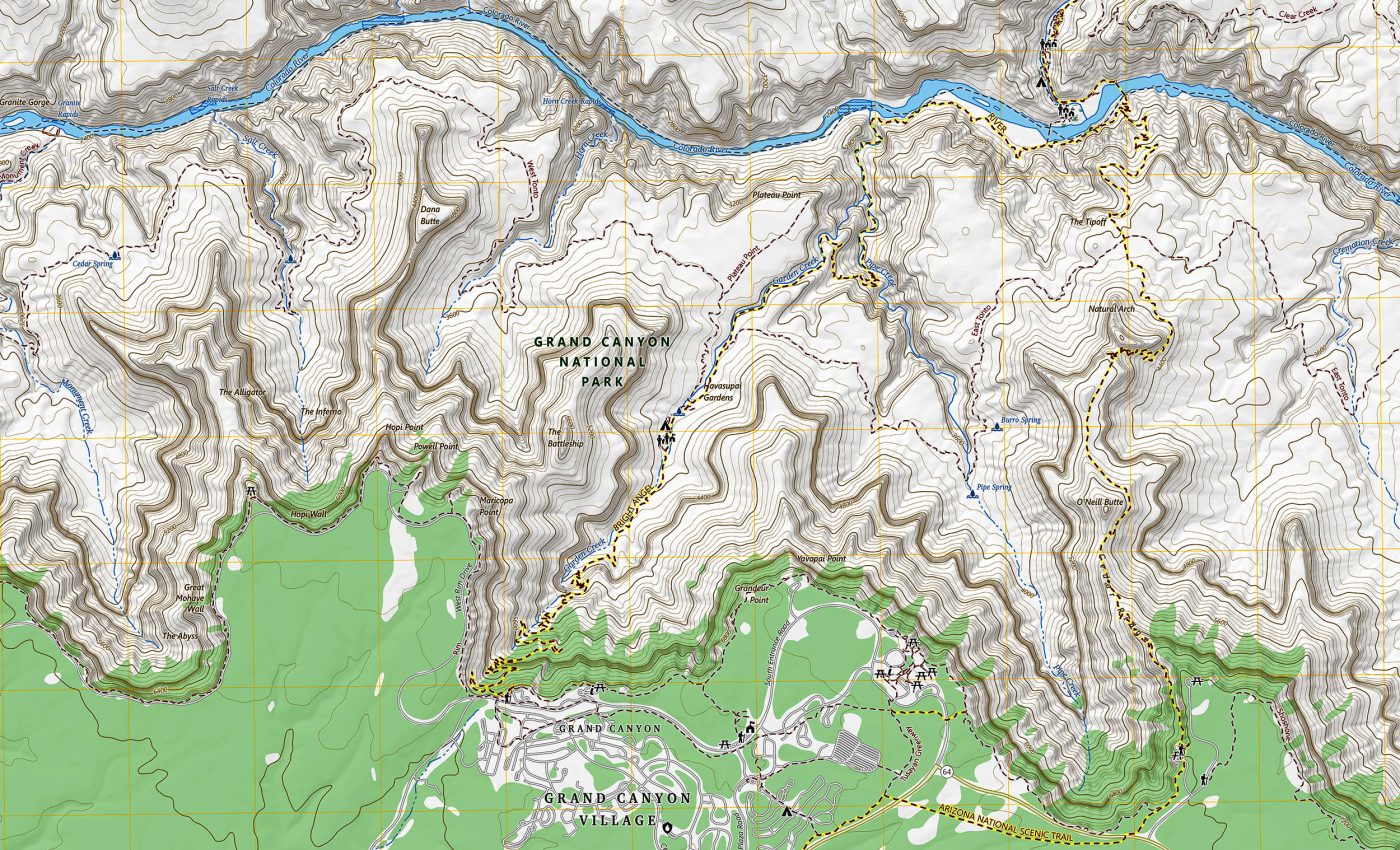
Adventurers and hikers can now download the new USGS topographic maps for free
You can now get detailed topographic maps that put trails, rivers, and campgrounds front and center without paying a dime.
The new 25K Recreational Topo series is built for people who plan trips on foot, bike, or boat and want reliable detail that stays consistent from place to place.
These maps emphasize real navigation needs, from contour lines that show slope to symbols that point to trailheads and picnic areas. The layout is clean, the labels are readable, and the information is current.
Recreational topographic maps
Ariel Doumbouya leads this effort as a geographer and product lead at the U.S. Geological Survey (USGS).
The goal is simple: make official topographic information easier for everyday users to read and apply on the ground.
“Whether you are a seasoned explorer or a casual hiker, the new USGS maps are a game-changer for recreational activities,” said Doumbouya.
Recent release notes confirm that 25K Recreational Topo is now a selectable product, tailored to a 7.5 minute map extent and built to highlight recreation datasets.
What the 1:25,000 scale means
The 25K Recreational Topo uses a 1:25,000 scale and covers about 50 to 70 square miles per sheet. One inch on the map equals 25,000 inches on the ground, which is about 2,083 feet, or roughly 0.4 miles.
This scale helps you judge distance and effort with more confidence. You can compare route options that differ by a few hundred feet of climb or a short detour to water without losing the big picture.
How to get the topographic maps
The maps are created through topoBuilder, a public web app that lets you center a map where you need it and download a ready to use file.
The OnDemand Topo FAQ explains that these maps are generated at no cost using the best available data from The National Map.
You can choose the product, set the area, and receive a digital file that works on a phone, tablet, or desktop. There is no subscription and no special software is required.
What exactly are they?
A 25K Recreational Topo shows the layers hikers care about most. Trails, surface water, contours, boundaries, structures, travel routes, and named places are symbolized to read quickly at arm’s length.
The design uses a consistent legend and symbology across the country. That consistency reduces guesswork when you move from one park to another and still need to find a spur trail or an official campsite.
The maps are topographic maps, which means they show elevation with contour lines and shaded relief. Closely packed contours mark steep slopes, while wider spacing points to gentler ground.
Safety and accessibility
Each map is delivered as a geospatial PDF that preserves coordinates inside the file. The user guide explains how these files support navigation features in standard readers and popular mobile apps.
Phones are convenient, but dense forest or steep canyons can reduce positioning accuracy for built in receivers.
A recent study measured smartphone GNSS performance under forest canopy and found accuracy can drop compared with open sky conditions.
Map literacy made easier
Clear styling keeps labels from crowding important lines and symbols. That matters when you are making a quick decision at a junction and need to spot the right trail segment or see how fast the grade changes.
Key recreation icons call out trailheads, campgrounds, picnic areas, and other amenities. Simple symbols, paired with readable names, help new users build confidence with basic map reading skills.
Connecting to modern data
These maps draw from The National Map, the federal repository that stewards core layers like elevation, hydrography, transportation, structures, boundaries, and place names.
The benefit is timeliness and national coverage under one roof.
Because the products are standardized, partners can improve specific layers and those improvements can flow into new downloads.
When a trail gets rerouted or a footbridge appears, the update can be reflected in the next map you request.
Topographic maps and outdoor fun
The maps highlight public lands and protected areas, including national parks and national forests. That helps with route selection and permits, and it reduces the chance of accidental trespass on private property.
Symbols for water sources, trail junctions, and access points support better pacing and planning. That is useful for families, beginners, and seasoned teams who want to match a trip to time, fitness, and weather.
The 25K Recreational Topo sits alongside other OnDemand Topo products, so you can switch scales for a broader view of a region or a tight view of a canyon.
The platform can grow as new datasets and cartography improvements become available.
With free access, no login hurdles, and files that work offline, this is public data doing public good. It lowers the barrier for safe, informed exploration.
Click here to build and download topographical recreation maps from the USGS….
—–
Like what you read? Subscribe to our newsletter for engaging articles, exclusive content, and the latest updates.
Check us out on EarthSnap, a free app brought to you by Eric Ralls and Earth.com.
—–













